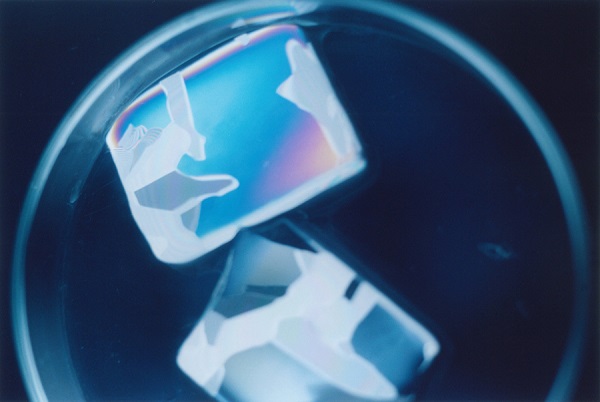The Aesthetics of Photography - Five Elements
Collection Exhibition 2013
May. 11—Jul. 7, 2013
- May. 11—Jul. 7, 2013
- Closed Monday
- Admission:Adults ¥500/College Students ¥400/High School and Junior High School Students, Over 65 ¥250
The Tokyo Metropolitan Museum of Photography sets a different theme each year and then carefully selects from its collection masterpieces that relate to the theme. This year's theme is the "aesthetics of photography." We will present in three phases various trends in photographic expression from early 19th-century photographs to contemporary works that explore the aesthetics of photography. The first phase called "Five Elements" will start in May.
The 18th-century German philosopher, Baumgarten, was a proponent of the discipline of aesthetics, which he defined as the "science of sensibility." Aesthetics eventually reached Japan where it was translated into Japanese as bigaku. Nowadays the Japanese use the word "este" or "esthetic" generally to refer to cosmetology or beauty treatments, but the word originated in Europe in the 18th century to refer to the academic discipline of aesthetics. Aesthetics is not just about making the human body beautiful. It is a means of perceiving as beautiful the phenomena of the natural world and the various things outside of ourselves, and also a means of developing a mind that understands beauty.
The theme of this exhibition is "Where lies the beauty in a photo?" As the curator of the exhibition I have selected from the Tokyo Metropolitan Museum of Photography's collection of more than 29,000 photographs the best examples of what I perceive as the beauty in photographs and divided them into five elements. Those five elements are luminous, reflection, surface, sense of loss, and reference.
From the first ever photographs emerging in the 19th-century to those from the modern day, through the museum's collection of photographs we will look at the various ways in which beauty has been expressed in photographic form.
The Japanese characters for "photograph" (shashin) literally means "to reflect the truth." Sometimes perceiving an ever-expanding beauty through photographs is more important than knowing "the truth". It is through the aesthetics of photography that new channels for perception of beauty are bound to open up.
Exhibition Curator, Ishida Tetsuro (Tokyo Metropolitan Museum of Photography)
01_luminous
Light is primordial, it is life-giving. Light from the outside world pours into the dark room. The essential nature of photographic equipment is to focus into an image between light and darkness.
02_reflection
An image of light reflected in the water or the world reflected in the glass and a window. The images drift along the boundary between what is real and what is illusion, generating an atmosphere, a feeling, a rich overlapping.
03_surface
The texture of a material, how it feels against the skin. A fetishistic sense for the surface and the detail of things. An exotic handcolored print (Yokohama shasin) in the Meiji era that captivated foreigners with its application of "make-up" that added color to the surface of the monochrome printing paper.
04_sense of loss
A scene of ruins and a commemorative photo from the past. The vestiges of time lost forever shake human memory and human emotion. Photography causes people to think nostalgically about the irreversible flow of time.
05_reference
One image replayed in the future as the source of other images. One image connected to the history of the visual culture of the past.
■Organized by: Tokyo Metropolitan Government / Tokyo Metropolitan Museum of Photography
■Sponsored by Toppan Printing Co., Ltd.







![チラシ1[pdf]](http://topmuseum.jp/upload/4/1869/thums/Aesthetica.png)
![出品作品リスト1[pdf]](http://topmuseum.jp/upload/4/1869/thums/aesthetica0501.png)